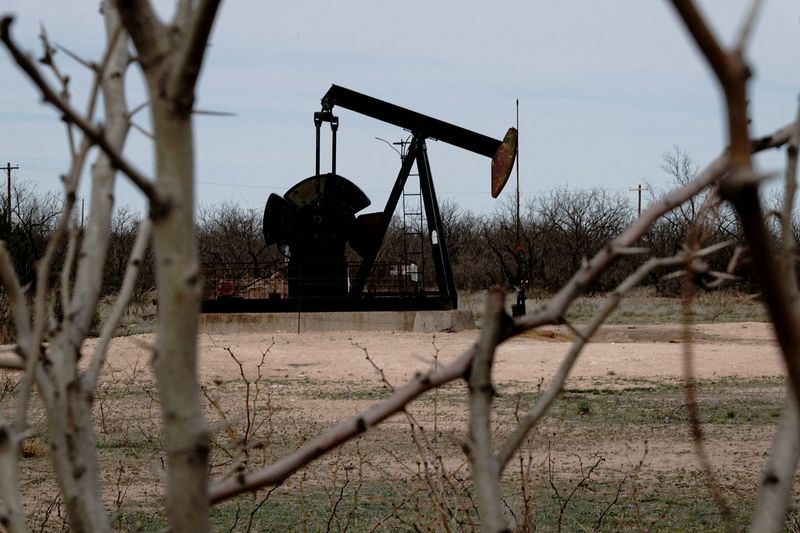
NEW YORK (Reuters) – U.S. oil demand rose in July to the highest seasonal level since 2019 while output declined for the second time in three months, data from the U.S. Energy Information Administration showed on Monday.
U.S. oil demand has been more resilient this year compared to other major consumers, such as China, which have lagged under economic pressures.
Total oil consumption rose 1.2% from June to 20.48 million barrels per day (bpd) in July, the highest for that month since 2019. Demand for both gasoline and ultra-low sulfur diesel was at the highest seasonal levels since 2019, whereas jet fuel demand of 1.83 million bpd was the highest for any month since August 2019.
Meanwhile, oil output in the country slowed marginally for the second time in three months. Total U.S. oil production fell by 25,000 bpd from June to 13.205 million bpd in July, EIA data showed.
Some oil analysts and investors have been watching for signs of a slowdown in U.S. production as record supplies from the country, coupled with weak economic activity in China, have weighed heavily on oil prices this year. The U.S. pumped a monthly record of 13.3 million bpd last December, according to EIA data.
Oil output in Texas fell by 34,000 bpd from June to 5.71 million bpd in July, EIA data showed. That was the first monthly decline in the top oil producing region of the country since January.

Output also declined in North Dakota, the third-largest oil producing state in the country. North Dakota field production fell by 20,000 bpd from June to 1.16 million bpd in July, the lowest since January, according to the EIA data.
Number two oil producer New Mexico bucked the trend, with output up by 25,000 bpd to a record of 2.04 million bpd, EIA data showed.
This post is originally published on INVESTING.



